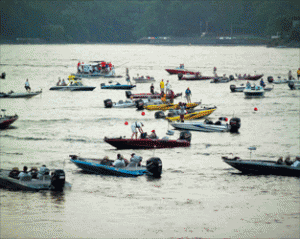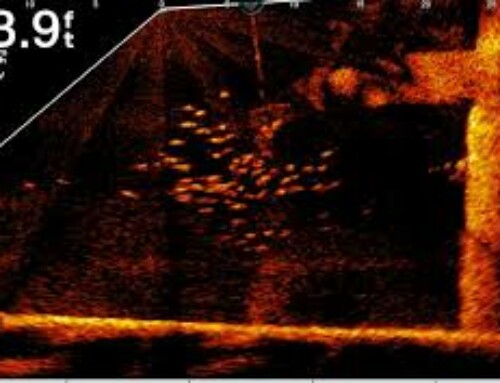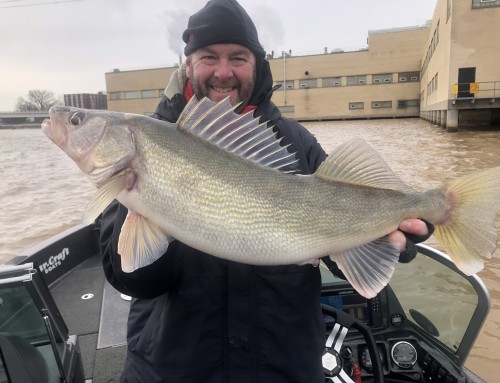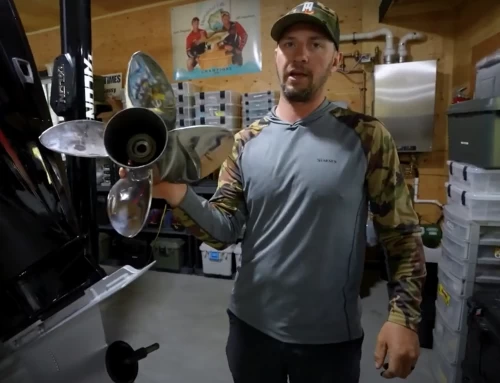Love ‘em or Hate ‘em tournaments on Lake Winnebago remain a white hot debate issue by local fishermen. Some maintain that the walleye fishery is in danger of depletion based solely on the number of tournaments held annually.
A look at the Otter Street Tournament held in Oshkosh, WI on June 16-17th tells an interesting story of the impact of tournament fishing. On Sunday, according to the tournament statistics, 36 fish were brought in and deemed “dead.” (Saturday’s results were just 29 fish) To be declared dead, the fish may still be alive, but cannot right itself to its natural swimming position. In total on Sunday, Over 800 walleyes were brought across the stage. This resulted in a live release rate at in excess of 95%.
 The 36 fish which were sacrificed, equals 8 recreational fishermen on the system coming home short of their legal limit. This has absolutely no impact on the walleye population estimated in excess of a million fish. Think of it this way: You have 1 million dollars, and spend $36 lavishly; chances are you are still in a good financial position.
The 36 fish which were sacrificed, equals 8 recreational fishermen on the system coming home short of their legal limit. This has absolutely no impact on the walleye population estimated in excess of a million fish. Think of it this way: You have 1 million dollars, and spend $36 lavishly; chances are you are still in a good financial position.
An overlooked impact of the local tournaments is the conservation fee paid by the tournament anglers. In the Otter Street Fishing Club event, each team had a $60 fee accessed to their entry fee to help improve the habitat on the lake. Many of these improvements, have resulted in new or enhanced spawning locations on the system, potentially allowing for better hatch rates and survival of the fry in the spring. Just maybe, these tournaments are partially responsible in a small way for the recent huge year classes of walleyes the system now enjoys.
Not every tournament has a high release rate similar to Otter Street on Sunday. Some of the “local bar and tavern” tournaments have a catch and kill format. In nearly all cases, these tournaments host under 20 teams, and maximum exposure in these events would be capped at 190 fish. Simply put, that is 19 boats taking home a two man limit. That happens just about every day on Long Point Reef by recreational fisherman enjoying their day on the water.
The bigger threats to the walleye population are illegal over-harvesting by anglers, a population decreasing virus, invasive species, declining food sources, or consecutive years of poor spawning conditions with poor year classes.
Maintaining a healthy population of spawning age females is also critical to the systems health. Non tournament selective harvest is being taught by many concerned citizens, tours, clubs and organizations, making the probability of a long term success possible. Anglers partaking in selective harvest generally release any walleye over 19 inches, to maintain a larger population of spawning females.
As with any business, environment, or eco-system there will always be cycles. Currently we may be at the pinnacle of cycle for walleyes on Lake Winnebago, and there will always be conversation in the future of why the system isn’t as strong as 2012 somewhere down the line. The bass and pan fish populations are on the rise, and the lake’s DNA continues to evolve. If the walleye population does decline, it will be more likely due to environmental factors than specific to any set of fishermen tournament or recreational.





